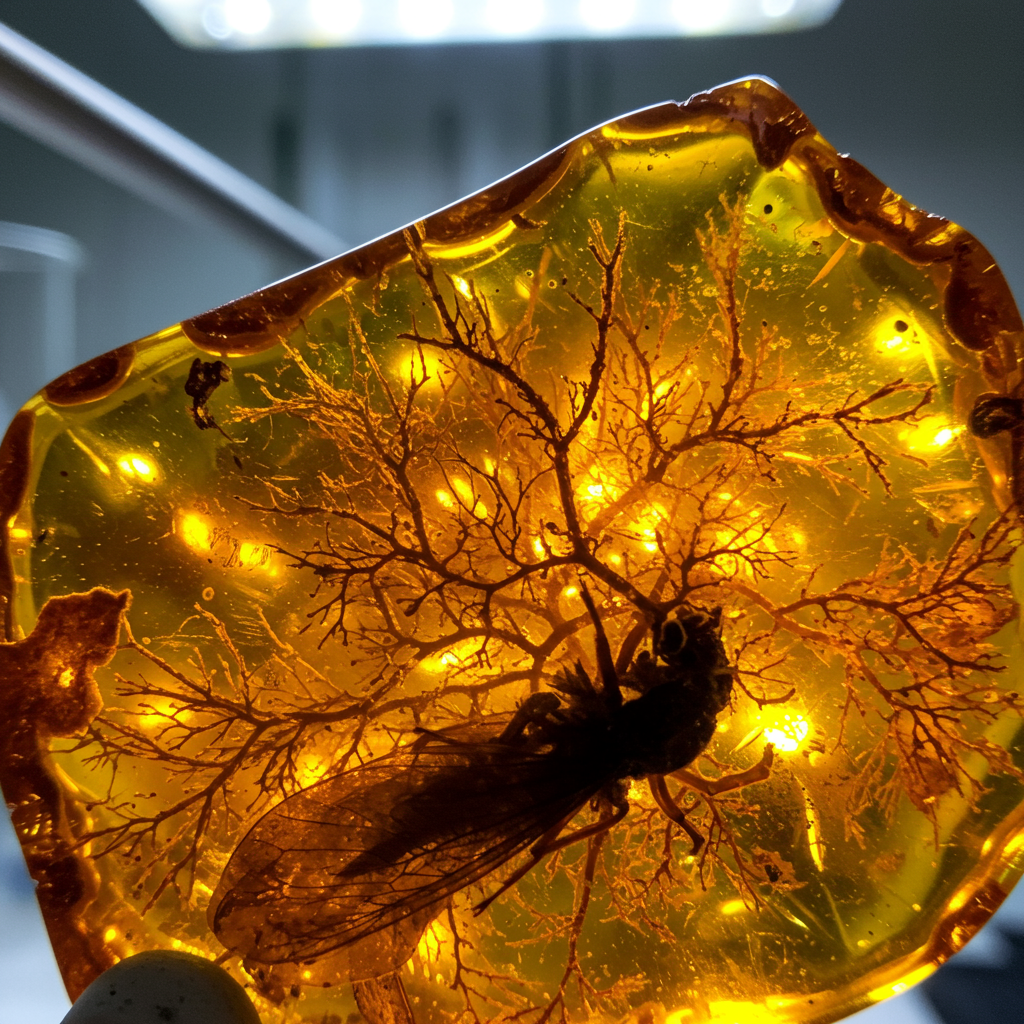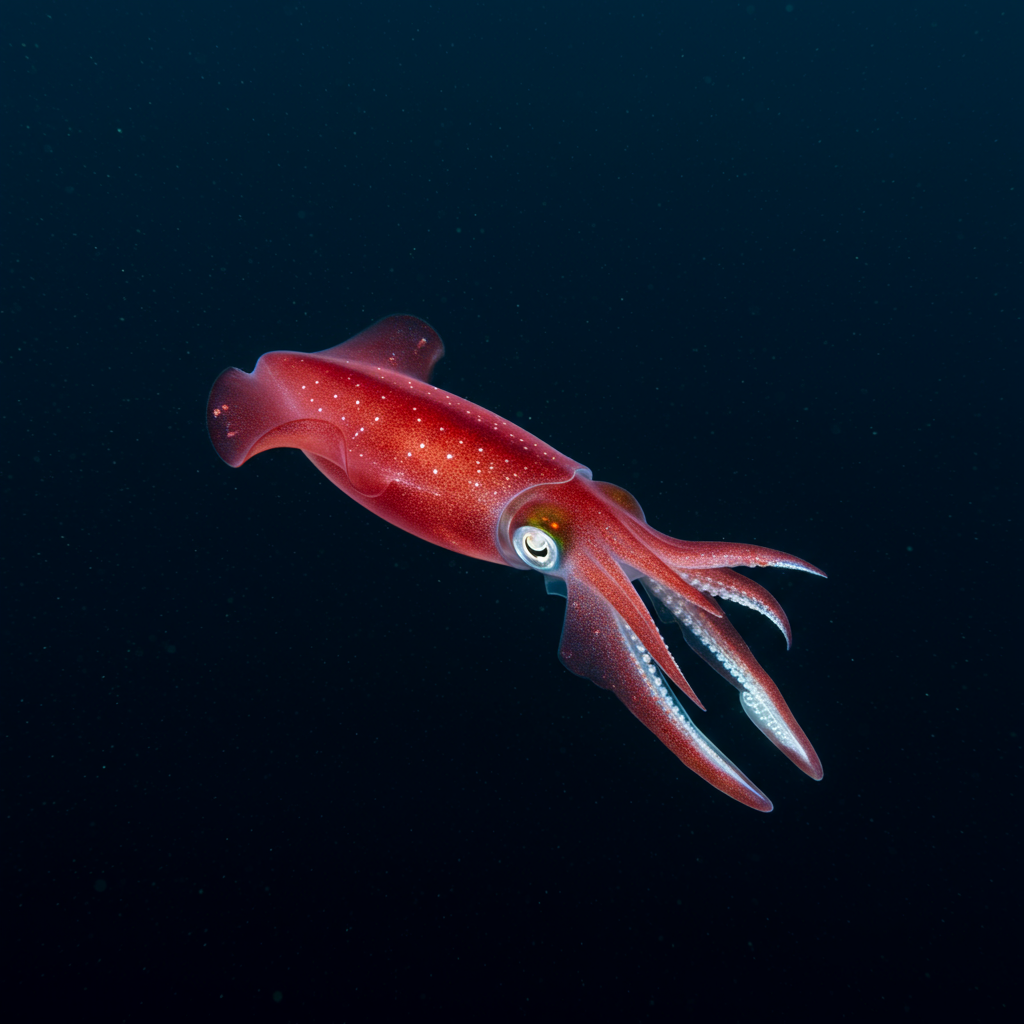Ancient Fungi Related to Zombie Ants Found in Dinosaur-Era Amber
For millions of years, certain types of fungi have waged a silent war on insects, acting as natural population controllers. Among the most notorious are the “zombie-ant fungi,” infamous for their ability to take over an ant’s body and mind – a chilling natural phenomenon that even inspired the popular game and TV series, The Last of Us.
Now, scientists have uncovered a rare glimpse into the deep evolutionary past of these fascinating, and often terrifying, organisms. Preserved in remarkably clear amber from the age of dinosaurs, researchers have described two brand-new ancient fungal species, providing key insights into how these insect parasites first evolved.
A Discovery 100 Million Years in the Making
The two new species were discovered in amber dating back approximately 100 million years, to the Mid-Cretaceous period. This era was a time of massive diversification for both dinosaurs and insects. Finding these ancient fungi as fossils is incredibly rare. Fungi have soft bodies that don’t typically preserve well, especially when they live inside their hosts.
However, these particular specimens were caught in sticky tree resin, which perfectly encased and fossilized both the insect victims and the parasitic fungi growing directly from their bodies. This stunning level of preservation offered scientists a unique window into prehistoric parasite-host relationships.
The two newly named species belong to an ancient fungal genus and were found infecting different insect hosts:
Paleoophiocordyceps gerontoformicae: Discovered emerging from a young ant.
Paleoophiocordyceps ironomyiae: Found growing from a fly.
Relatives of Modern “Zombie” Fungi
These ancient fungi share striking similarities with their modern counterparts in the Ophiocordyceps genus – the group that includes the well-known zombie-ant fungus, Ophiocordyceps unilateralis.
Based on the characteristics observed in these fossils, researchers estimate that the lineage leading to the ancient Paleoophiocordyceps split from the line that eventually led to modern Ophiocordyceps over 130 million years ago, during the Early Cretaceous. This discovery significantly pushes back the known fossil record for this fungal group by tens of millions of years; previous direct fossil evidence only dated back about 50 million years.
The existence of these fungi infecting different insect hosts – an ant and a fly – 100 million years ago supports the idea that these parasites adapted to various insect groups as insects themselves diversified. This diversification exploded alongside the rise of flowering plants and new insect types like moths and butterflies, creating new niches for the fungi to exploit through host switching.
An Ancient Ecological Role
Today, insect-killing fungi, known collectively as entomopathogenic fungi, are widespread and crucial regulators in ecosystems. They infect a vast array of insects, including ants, flies, beetles, spiders, and cicadas, helping to keep their populations in check.
The lethal nature of infections by modern Ophiocordyceps and its ancient relatives suggests they played a similarly important ecological role in controlling insect populations during the Mid-Cretaceous. Just as they do today, these fungi likely helped maintain balance within the bustling insect communities of the dinosaur age.
The Mystery of the “Death Grip”
One of the most bizarre and famous traits of modern Ophiocordyceps unilateralis is its ability to manipulate an ant’s behavior. The fungus drives the infected ant to climb a plant stem or leaf and lock its jaws onto it in a fatal “death grip” before consuming the host and releasing spores from this elevated position.
The oldest direct fossil evidence of this specific “death grip” behavior comes from a 48-million-year-old leaf bearing the characteristic bite marks. However, the discovery of Paleoophiocordyceps from 100 million years ago raises a fascinating question: had this sophisticated mind-controlling strategy already evolved by the Mid-Cretaceous?
Scientists are now hoping to examine Cretaceous-era leaves for similar tell-tale bite marks. Finding such evidence would push the origins of the zombie-ant’s behavioral manipulation strategy back by millions of years, shedding even more light on the ancient and ongoing arms race between parasites and their hosts.
This rare find in amber underscores the long and complex history of insect-fungal relationships and highlights how natural phenomena present today have deep roots stretching back to the time of the dinosaurs.




